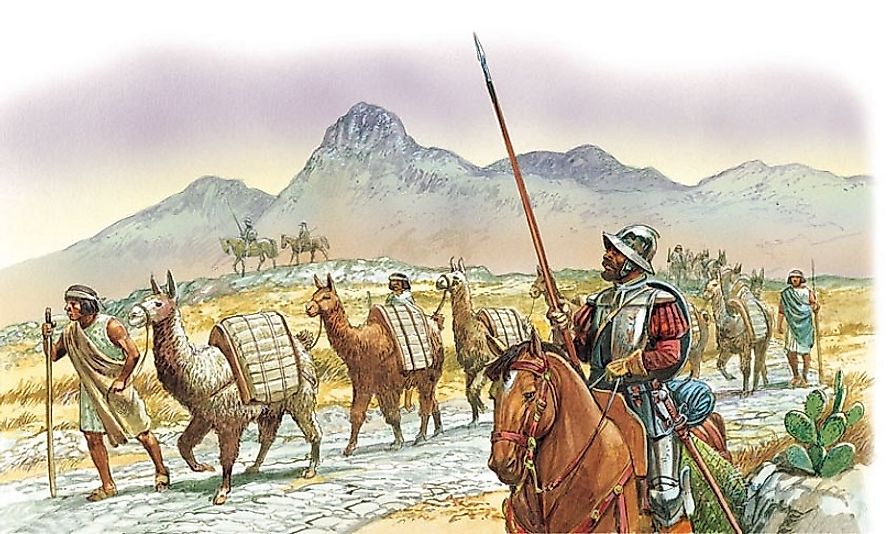What Was The Price Revolution?

The price revolution is a period that was characterized by a high rate of inflation in Europe, the period lasted from late 15th century to mid-17th century and lasted for approximately 150 years. The period was marred by an extreme increase in prices of goods, in some cases, the increase was six folds. The inflation rate which was between 1-1.5% may seem minuscule in the 20th century, but given the monetary standards of the 16th century, the rate was extreme. It is unclear what led to the price revolution, but economic theorists have proposed theories that could explain the causes of the revolution.
Causes of the Price Revolution
Influxes of Gold and Silver into Europe
In the late 15th and early 16th centuries, there was an influx of precious metals in Europe. The metals were imported from America. The Spanish who offered cheap labor flooded the European market with cheap metals which led to a relative decrease in their value. The Spanish monarch is widely blamed for the decline in the value of precious metals due to inability to restrict the inflow of these metals. The increase in the supply of metals to Spain led to a deficit in the balance of payment which resulted in Spain exporting more precious metals to other countries in exchange for other goods, resulting in the oversupply of minerals in these countries. The increase in the precious metals to Spain started in the 16th century when Portuguese and the Spanish exported large quantities to Europe. Silver from Mexico and Peru found their way into Europe, and there was a boom in the circulation of precious metals. The 16th-century monetary system was based the precious metals, and the boom led to the low value of the metal resulting in inflation.
Resurgence of the Population after the Black Death
After the depopulation of Europe due to the Black Death, a revival of the population in the 16th century increased the pressure on food prices. During the plague, the prices of food shot up and later decreased as the population decline led to the oversupply of goods. As counties began experiencing an increase in population, it resulted in an increase in the demand for agricultural products resulting in increased prices the goods.
Development and Urbanization
The development of transport system around the 16th century led to increased trade within Europe. The demand for goods in distant places from their place of production resulted in increased prices instigated by unscrupulous landlords who charged traders for using their land as trade routes. The inaccessibility of goods led to urban migration and resulted in an influx of people and higher prices due to increased demand.
Significance of the Price Revolution
During the revolution, precious metals from America were extracted in bulk and traded at lower prices than crafted or agricultural products. The mass exodus of Spanish to America led to increased inflation and the near collapse of the Spanish monarchy due to bankruptcy. The inflation spread to other countries in Europe and resulted in an increase of prices six folds. The monetary system which was determined by silver collapsed the low purchasing power of the silver meant that traders opted for other metals other than silver.
Market Stabilization
The price revolution declined towards the mid-17th century. The stability in the prices of goods was achieved through stabilizing of the monetary system and by regulating the production of metals. The market stabilized by the end of the 17th century but reemerged toward the end of the 18th century.







